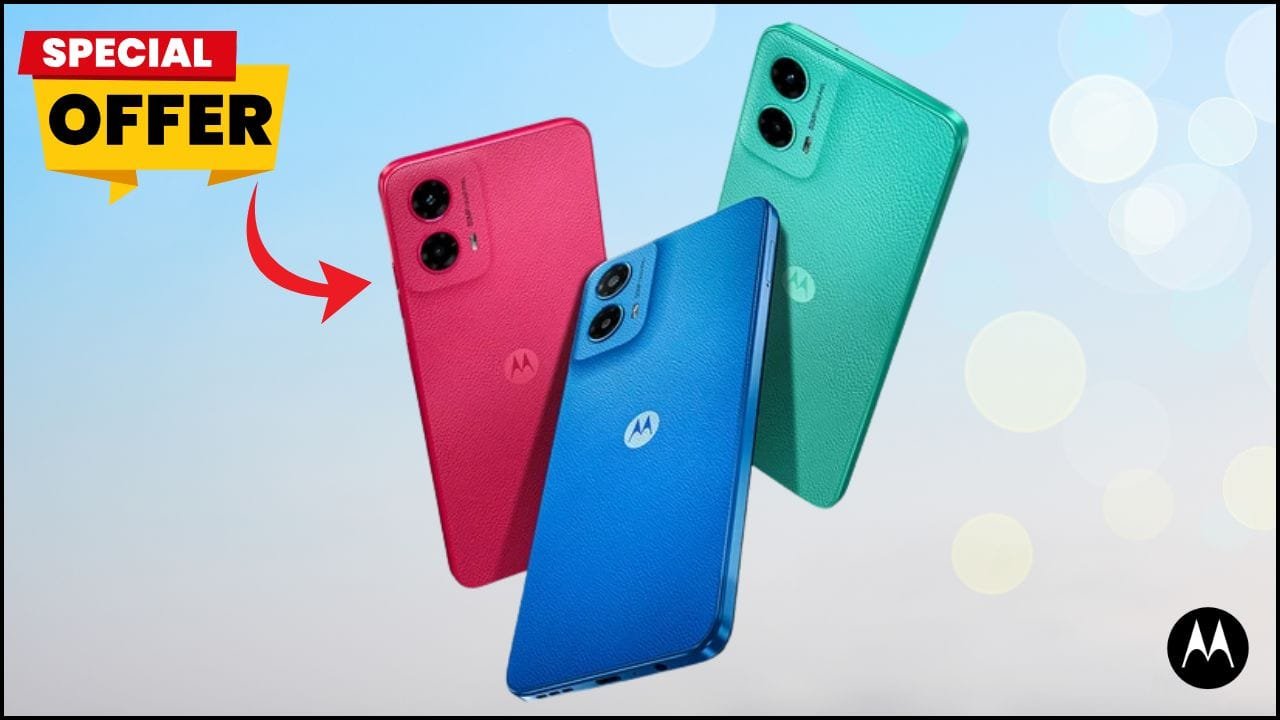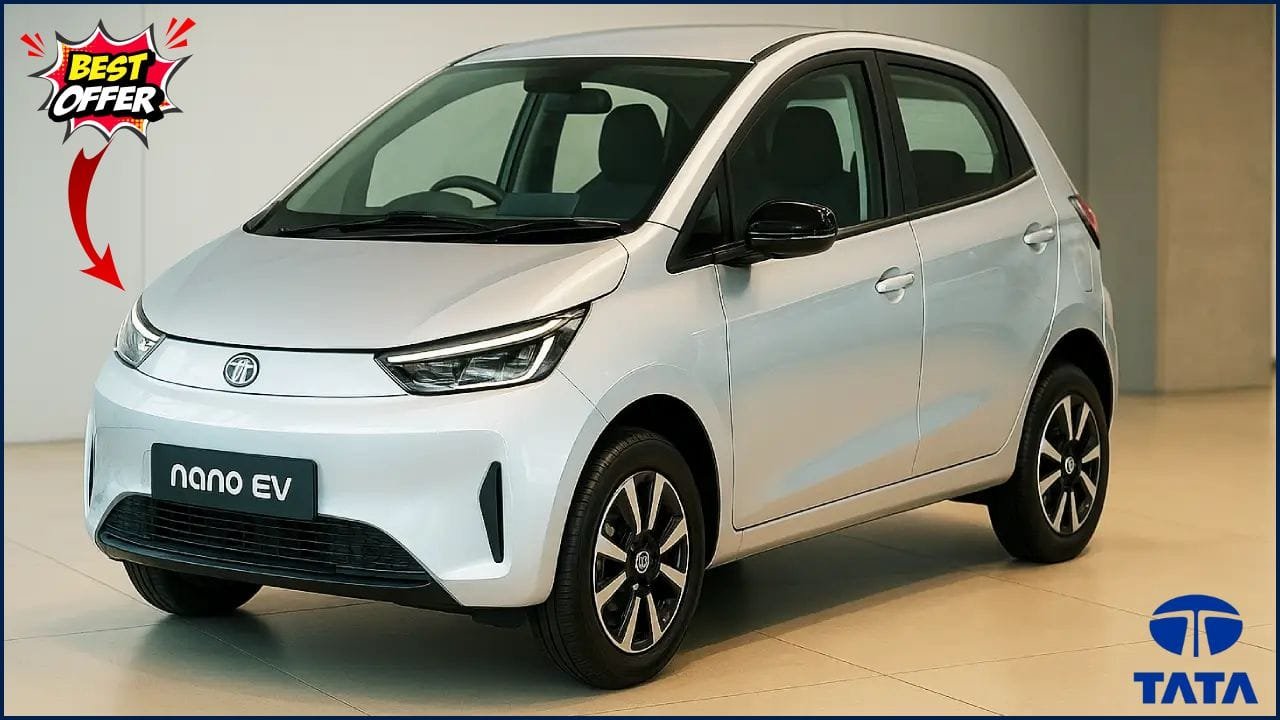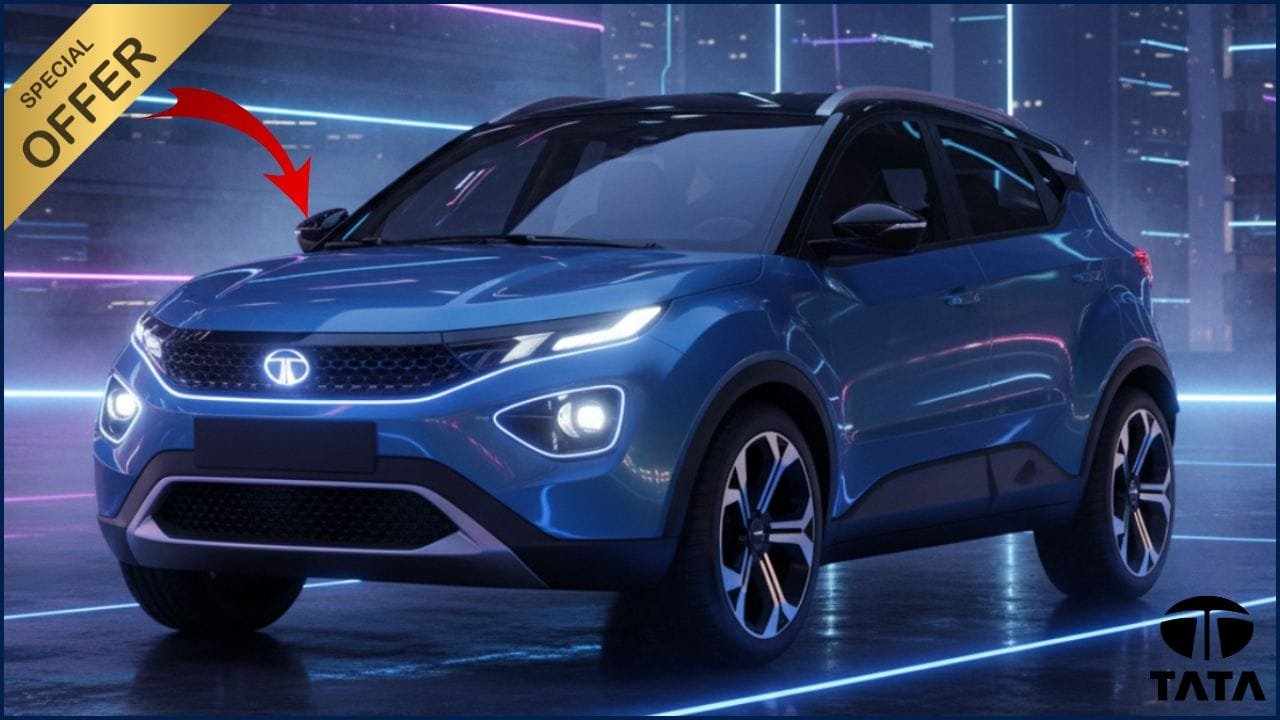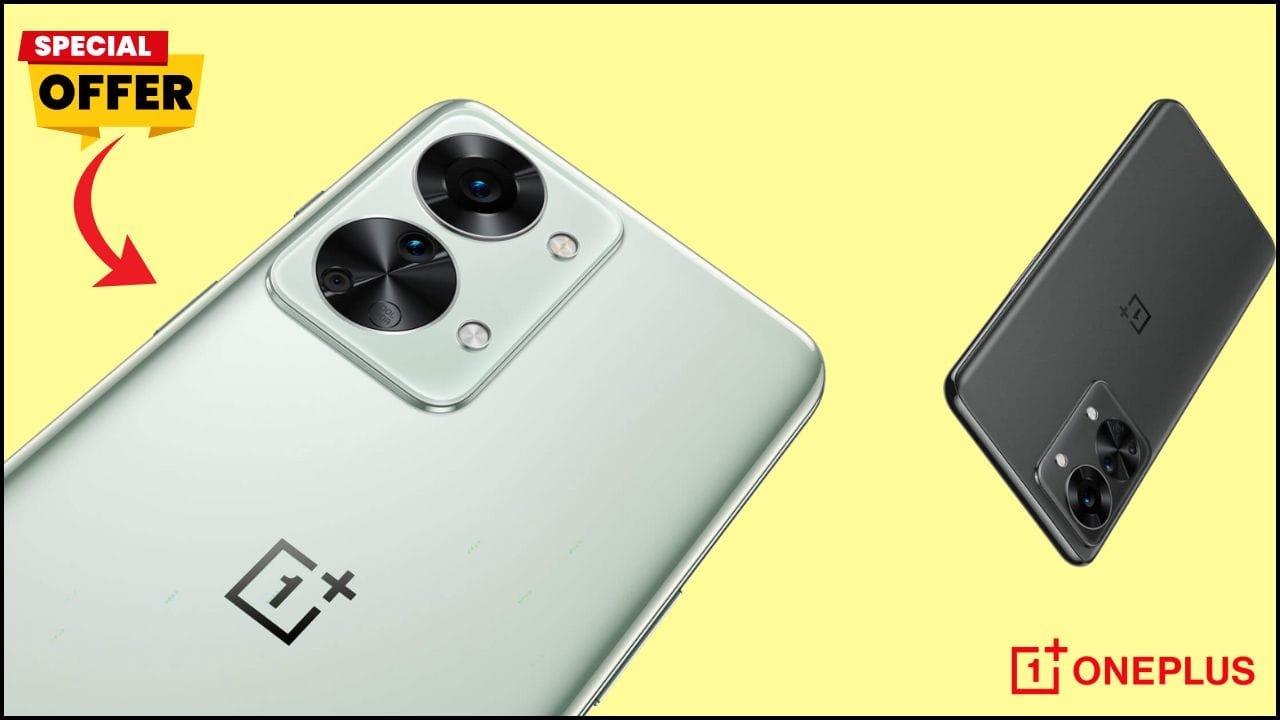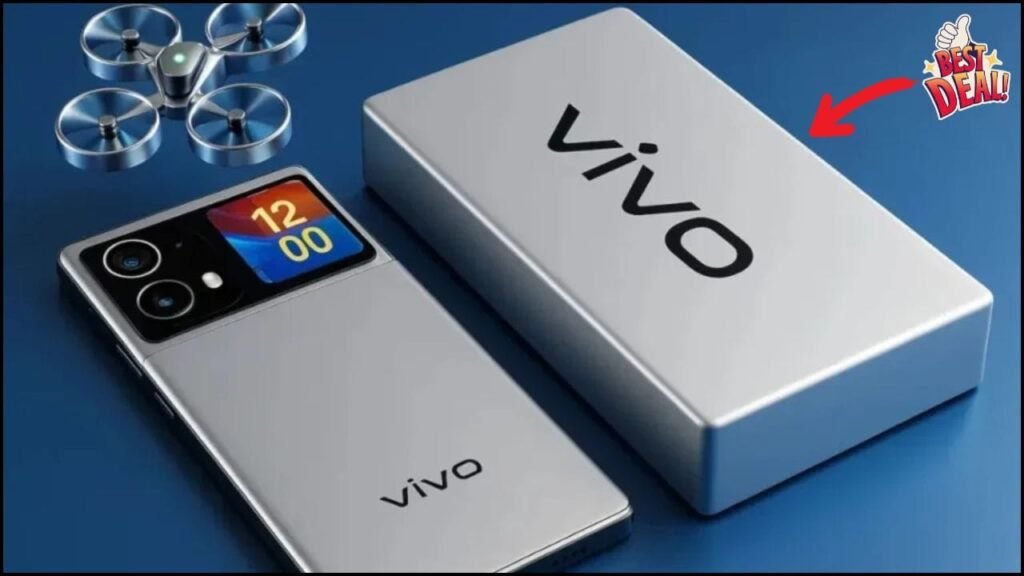
Vivo has reportedly unveiled a new “Ultra-Slim Smartphone” claiming a 300MP rear camera and a 7,000mAh battery, available at a price point of approximately ₹9,900. These specifications, if genuine, would represent a significant advancement in the Indian smartphone market, combining ultra-high resolution photography and extended battery life in a single device. This article examines the claims, market context, and guidance for potential buyers.
What the Claims Entail
The smartphone is marketed as part of Vivo’s Ultra-Slim line, emphasizing a thin form factor while integrating what are described as flagship-grade specifications. The claimed 300MP camera would surpass most current commercial devices, while the 7,000mAh battery promises extended usage beyond typical battery capacities for slim phones.
Such a combination could appeal to price-sensitive consumers seeking advanced camera capabilities and long battery life without paying premium prices.
Technical Feasibility
Camera Considerations
High-resolution sensors such as a 300MP camera are extremely rare. Even leading smartphones with multi-lens arrays rarely exceed 200MP, and those devices are typically priced at a premium. True high-megapixel cameras require advanced optics, significant sensor size, and robust image processing hardware to avoid issues like noise and overheating.

Battery and Design Trade-offs
A 7,000mAh battery in an ultra-slim body introduces engineering challenges. Larger batteries usually increase thickness or weight, and balancing battery capacity with slim design can affect heat dissipation and device longevity. Additionally, charging speed and safety must be carefully engineered to prevent degradation or overheating.
Market Context in India
India’s smartphone market is highly competitive, especially in the sub-₹15,000 segment. Leading brands, including Vivo, Xiaomi, and Samsung, often compete on camera performance, battery life, and design aesthetics.
Phones with batteries exceeding 6,000mAh are increasingly common, but combining that with ultra-high-resolution cameras in an ultra-slim design is unprecedented. If the Vivo Ultra-Slim Smartphone delivers on these specifications, it could set a new benchmark in the mid-range segment.
Possible Explanations for the Claims
- Marketing exaggeration: Specifications could be overstated for promotional purposes. “300MP” could refer to software-enhanced resolution or interpolation rather than a true sensor capability.
- Prototype or leak: The device may be an early prototype, and specifications could change before commercial release.
- Unauthorised or misleading listing: Some online offers may misrepresent the device to attract attention, especially at unusually low prices.
Expert Perspectives
Dr. Ananya Sharma, a consumer electronics analyst, notes:
“Combining a 300MP camera and a 7,000mAh battery in a sub-₹10,000 device is technically ambitious. High-pixel sensors increase heat and power requirements, and ultra-large batteries in slim designs require careful engineering.”
Rajiv Gupta, a smartphone reviewer, adds:
“Such claims should be viewed with caution. Even if the device is real, trade-offs in build quality, processor performance, or software optimization may exist.”
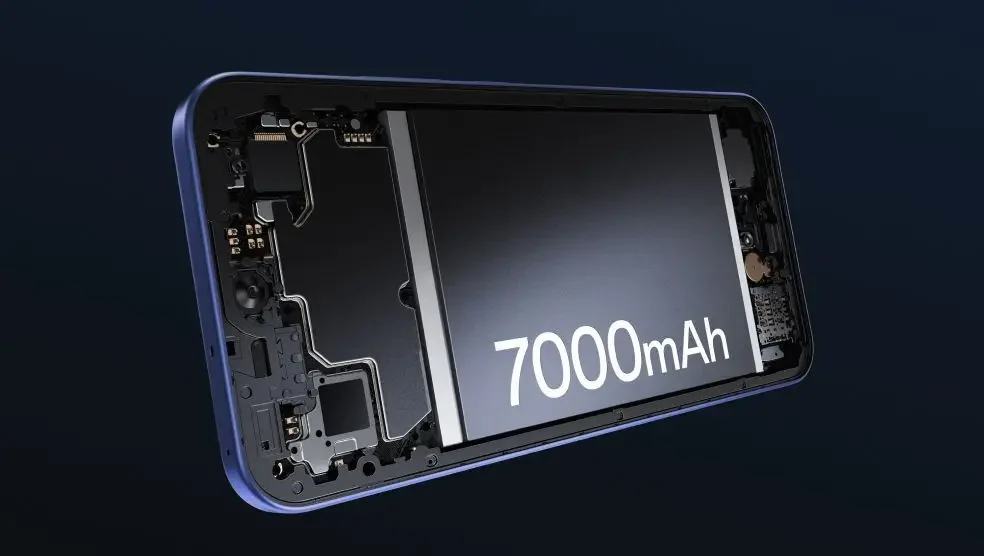
Guidance for Consumers
Potential buyers should consider the following steps before purchasing:
- Verify model number and specifications: Check official Vivo listings and authorised retailers.
- Camera details: Confirm if the 300MP claim is a native sensor or interpolated.
- Battery certification: Ensure the 7,000mAh rating is verified and that fast-charging support is safe.
- Warranty and service: Ensure the device comes with reliable after-sales support.
- Price vs market norms: Extremely low pricing relative to specifications may indicate compromises elsewhere.
Comparative Context
Currently, mid-range smartphones in India offering large batteries (6,000–7,000mAh) are typically priced above ₹15,000, and those with high-resolution cameras above 100MP are often priced over ₹30,000. A device claiming both features under ₹10,000 would be unprecedented and likely involve trade-offs in processing power, build materials, or software optimization.
Broader Industry Implications
If Vivo succeeds in producing a device that delivers on both claims, it would pressure competitors to introduce higher-specification devices at aggressive pricing. Conversely, if the claims are exaggerated, it could harm brand credibility in the long term. The Indian market is highly sensitive to the gap between advertised and actual performance, particularly in battery longevity and camera quality.
Additional Consumer Considerations
- Software optimization: The ability of the smartphone to manage a 300MP camera and 7,000mAh battery depends heavily on software. Poor optimization can result in lag, thermal issues, or reduced battery efficiency.
- Camera ecosystem: Multi-lens arrays, AI-based photography enhancements, and image processing software significantly affect actual image quality.
- Device ergonomics: Ultra-slim designs with large batteries may be heavier or awkwardly balanced.
Nokia Magic Max 5G with 320MP Camera and 8000mAh Battery Introduced- Exclusive Launching Deals
Conclusion
At present, the Vivo Ultra-Slim Smartphone’s claims of a 300MP camera and a 7,000mAh battery at around ₹9,900 remain unverified. While theoretically feasible, the combination of ultra-high-resolution camera and large battery in an ultra-slim form at such a low price is unusual. Consumers should exercise caution, verify official sources, and carefully assess the device’s actual performance and durability once it becomes widely available.

